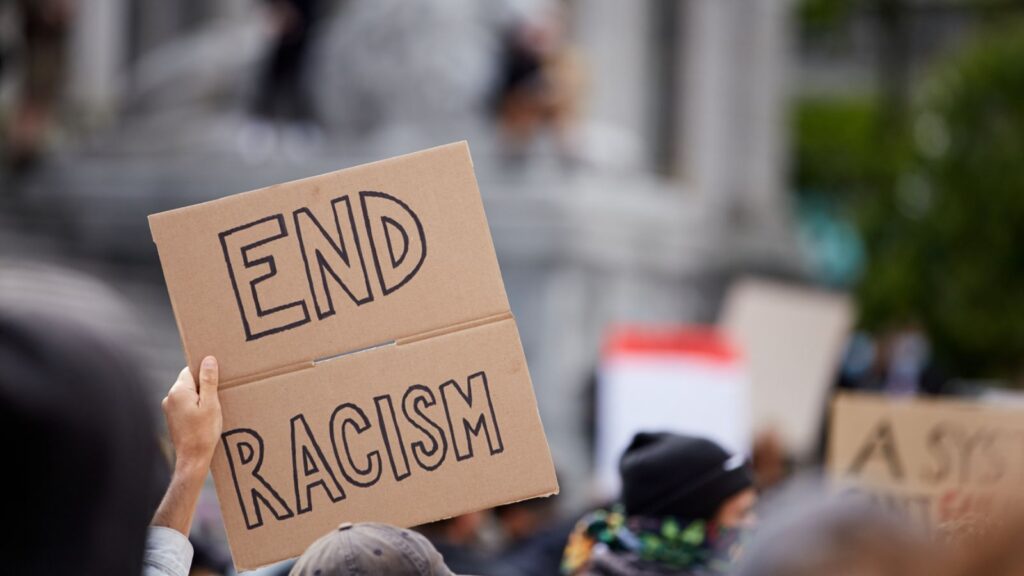The Civil War was over a hundred and fifty years ago, but Southern and Northern states are still not as united as they should be. According to statistics, those who live in the South or Southerners, have a shorter life expectancy as a whole than those who live in other regions of the country. Some studies tell us that the disparity can, in some instances, be extreme. For instance, Floridians and Mississippians die as many as twenty years earlier than their cohorts in California and Colorado. What are the reasons that drive the mortality inequity?
Rates of Obesity

According to the CDC, the Southern regions of the United States have higher rates of obesity. Obesity is correlated with poor health outcomes, disease, and other chronic illnesses. Whether it is because of their Southern cooking traditions or their slower-paced lifestyle patterns, being overweight is a serious issue.
Dietary Habits

Obesity often stems from poor dietary habits. Traditional Southern cooking involves a high degree of fried, sugary, and processed foods. When someone eats a diet that is high in saturated fat and salt, that can lead to high blood pressure. It can also lead to obesity, and other chronic health conditions. It is also a risk factor for many chronic illnesses that can increase the risk of mortality.
Limited Health Care Accessibility

Many Southern towns are extremely rural, which can limit healthcare accessibility for those in small communities. According to the National Institutes for Health, preventative care can help to reduce the risk of disease and illness. For those who don’t have the available services and can’t take advantage of healthcare prevention, they don't have the luxury of lifesaving technologies and preventative care.
Socioeconomic Conditions

Along with poor accessibility to healthcare that is limited to where you live, Southern towns tend to have higher rates of poor communities and poorer socioeconomic conditions. Poverty can lead to a host of poor health outcomes and risks. Socioeconomic conditions can also limit things like safe housing, increased stress, starvation, and lack of nutrition. When combined, all of those factors can lead to poor health outcomes and higher mortality rates.
Preventative Care Push

The South is not as proactive about pushing preventative care that can help to decrease health risks later in life. It is a fact that prevention tends to yield better health outcomes than tertiary care. When you don’t engage in good health habits that limit risk, you are more prone to the development of disease.
Tobacco Use

Southerners have a higher rate of tobacco use when compared to the rest of the nation. Tobacco is associated with health concerns related to cancer and heart problems. It is also associated with chronic respiratory conditions and health. Secondhand smoke is also a factor when it is acceptable to smoke indoors and around others.
The Bible and Stroke Belt

Just as there is a bible belt in the Southern States there is also something known as the “Stroke Belt,” which is an area that has alarmingly high rates of stroke-related mortality. The higher rates of stroke can be attributed to obesity, diabetes, and smoking.
Cultural Acceptance and Norms

The South has a culture of “toughing it out,” meaning they tend to see healthcare as weak and risk-taking as a lifestyle. Their attitudes toward eating healthy, not smoking, and exercising, are not the same as their Northern counterparts. They tend to downplay poor habits and the importance they have on health.
A Slower-Paced Lifestyle

Southern people tend to have a slower-paced lifestyle when compared to their Northern cohorts. According to the latest statistics, the South has some of the highest rates of inactivity with as many as 28% of Southern populations being inactive. An inactive life is often associated with a higher risk of disease and mortality.
Poor Environment and Pollution

Southern states have lower environmental controls on things like air quality and pollution. In some areas, being exposed to harmful chemicals and toxins can lead to a higher risk for chronic diseases and illnesses. Over time, that can shorten those in the community’s life span.
Addiction

According to reports from the USDA, the opioid crisis hit the Southern communities harder. Addictions not only lead to a higher rate of overdose deaths, it can also lead to poor mental health, abuse and violence, and chronic health conditions. Addictions are correlated with a whole host of health and mortality concerns.
Higher Homicide and Gun Violence Rates

The right to bear arms is alive and well in the United States, but even more so in the South where they are more apt to own guns. Southern states have a higher gun violence rate, along with a higher citizen arm rate. With access to guns being high, there also come consequences like higher suicide rates, and violence in many communities.
Health Disparities Among the Races

The South traditionally has a larger legacy of structural racism that leads to a certain race being more prone to poverty and the consequences of poor socioeconomic conditions. When all factors are considered, invisible borders experienced to a greater degree in the South have heavy outcomes on people of color and their mortality rates.
Access to Healthy Choices

With rural areas comes a lowered accessibility to healthy options and choices. Not only do grocery stores carry a much lower variety of choices, chain restaurants, and independently owned ones are in short supply. That can limit the healthy choices that people can and do make necessarily due to where they live.
Chronic Stress

Poor socioeconomic conditions lead to stress. Stress leads to poorer health outcomes for those who experience it chronically. When you deal with hunger, housing issues, no access to healthcare, and limited employment and education offerings, it all tends to feed poor health conditions and care.
Heat-Related Mortality and Illness

Due to areas that experience higher than normal temperatures and humidity, the elderly and chronically ill are more at risk of dying during times of heat. Also, outdoor workers are at risk and so are those with chronic health conditions that predispose them to things like heat exhaustion, heat stroke, and dehydration.
The North and the South are both under the same United States of America, but they don't always act united in beliefs and acts. Socioeconomic conditions, attitudes and cultural norms, and other factors are responsible for Northern states to enjoy, on average, a longer lifespan than their Southern cohorts.
30 Traditional Sayings That Are Now Considered Offensive by Woke Culture

30 Traditional Sayings That Are Now Considered Offensive by Woke Culture
21 Habits Often Associated With Having a Lower Social Status

21 Habits Often Associated With Having a Lower Social Status
25 Social Issues Gen Z are Determined to Cancel

